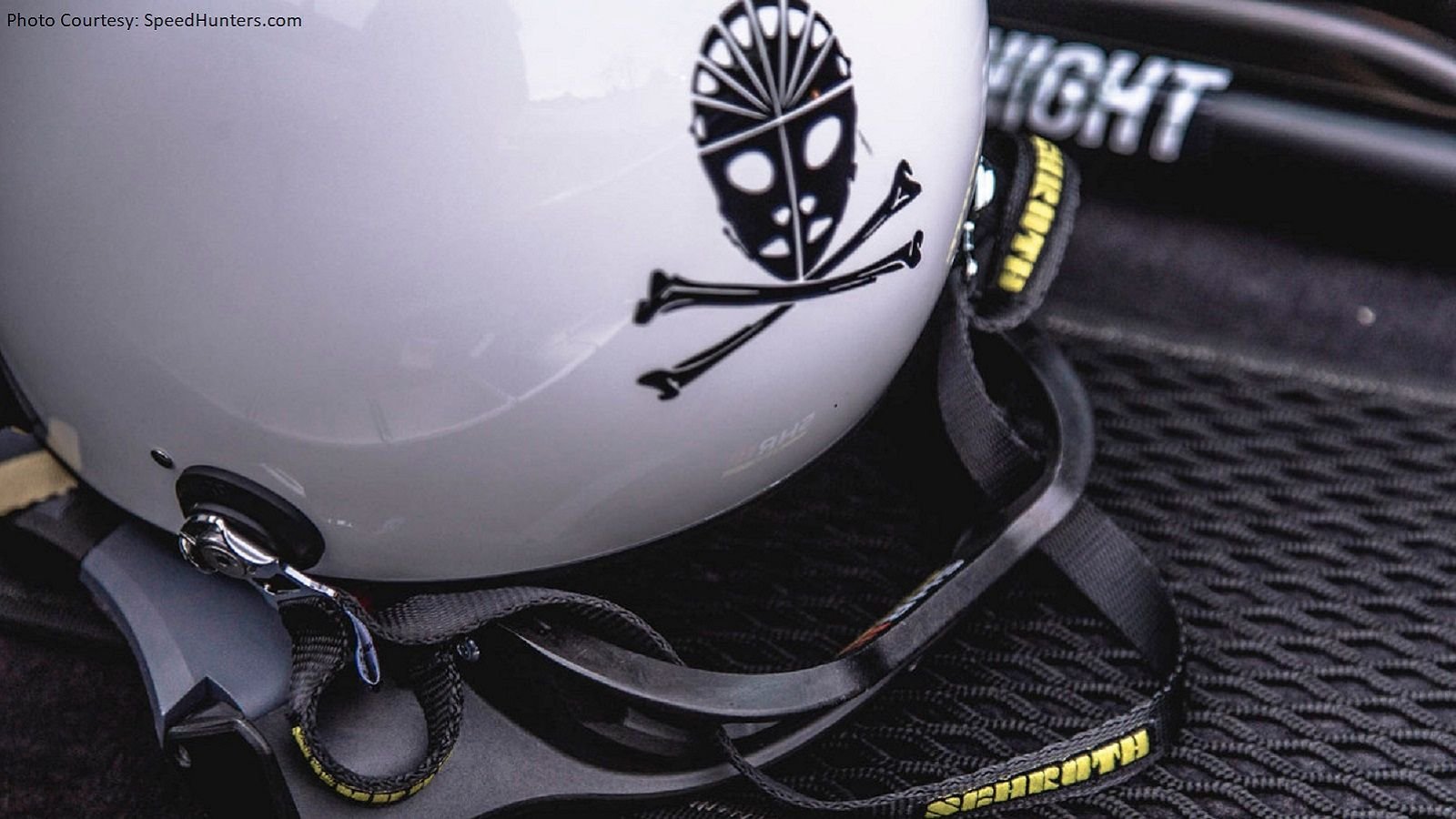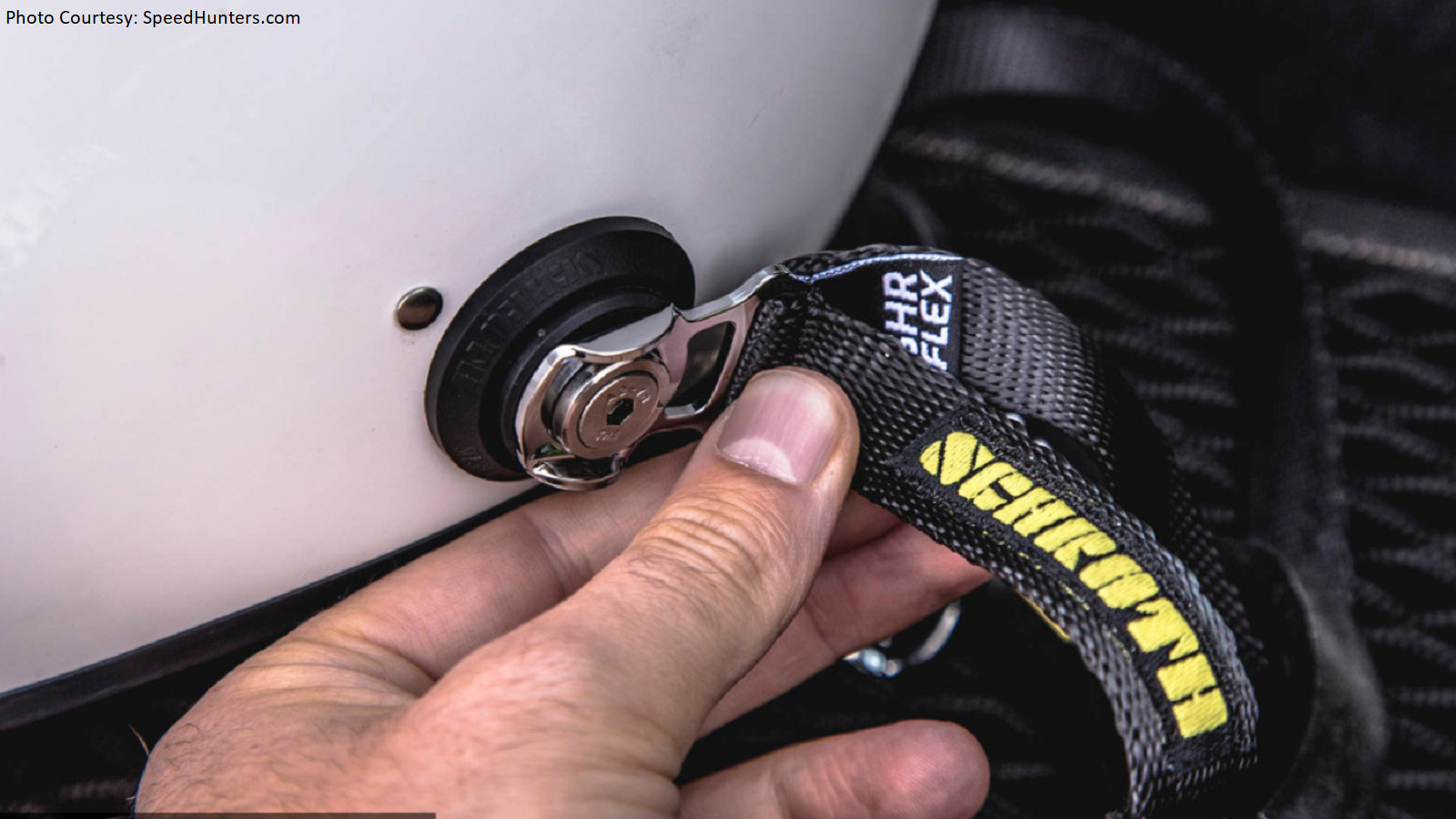Daily Slideshow: Safety Restraints for Your Head Are a Priority Precaution
Even low-speed crashes can cause some serious damage to your body. Here's how to protect your neck and keep that from happening!










1. Protect Your Neck
Most folks who spend any time on a race track undoubtedly know the importance of having the right safety gear. You've probably got, at the very least, a helmet. And maybe even a roll bar, harnesses, or a fire extinguisher. But do you also use a head restraint? If you don't, it's probably time to consider snagging one. Because even crashes that occur at speeds as low as 30 mph can do serious damage to your neck, as Speed Hunters points out in this excellent piece.
2. Bad Dance Moves
You're probably already at least semi-aware of the laws of physics. When you're traveling along at speed, hitting anything is going to cause a severe and sudden deceleration. Your body might be strapped in and ready for that, but your head and limbs are not. So when you go careening into an object, you'll fold up like some sort of bad dance move. Without the use of a head restraint, this places a tremendous amount of force on your spine and neck.
3. Strap It Down
If you're lucky, this will just land you a bad headache. But if enough stress occurs, you could easily fracture the base of your skull or spine. And by far, the most effective way to keep your head from trying to detach itself from your body is with a frontal head and neck restraint (FHR). Traditional restraints are simple fixed collars, but they require a bit of tweaking depending on the seat position in your car. On the other hand, FHRs work much in the same way as your regular harness, helping to slow the deceleration of the head using straps.
4. Modern Solutions
More modern head restraints like the Schroth SHR-Flex use an articulating collar and flexible legs to get around that issue. The collar also serves as a shock absorber, adding an additional layer of protection. No matter what your body type or seating position, these types of collars are comfortable and easy to use.
5. Full Protection, Full Visibility
Old school head restraint collars are also pretty uncomfortable, but that isn't the case with the SHR-Flex. Plus, your head movement isn't nearly as restricted, which is obviously a good thing when you're trying to fend off that pesky Corvette driver in your mirror. And since the harness is loaded, it's pretty loose until a crash happens. At that point, the legs take up the slack by locking against the main collar. And in doing that, prevents your head from up to a half ton of pressure in a crash. All of which makes head restraints a no-brainer if you spend any time at all on a circuit!
